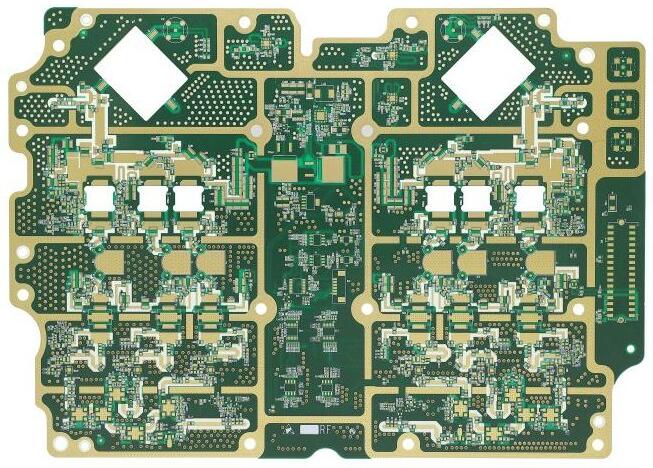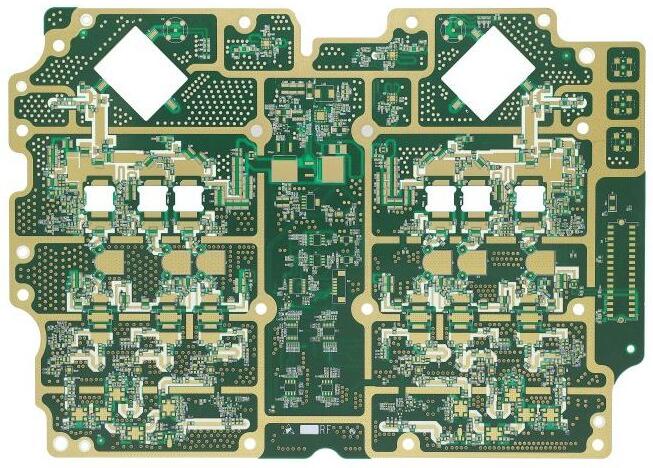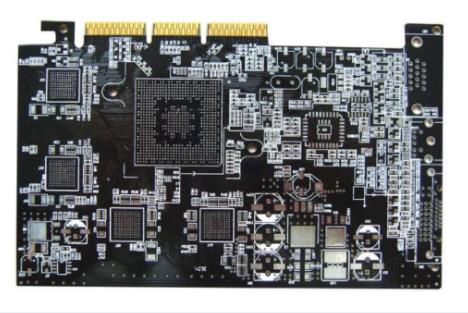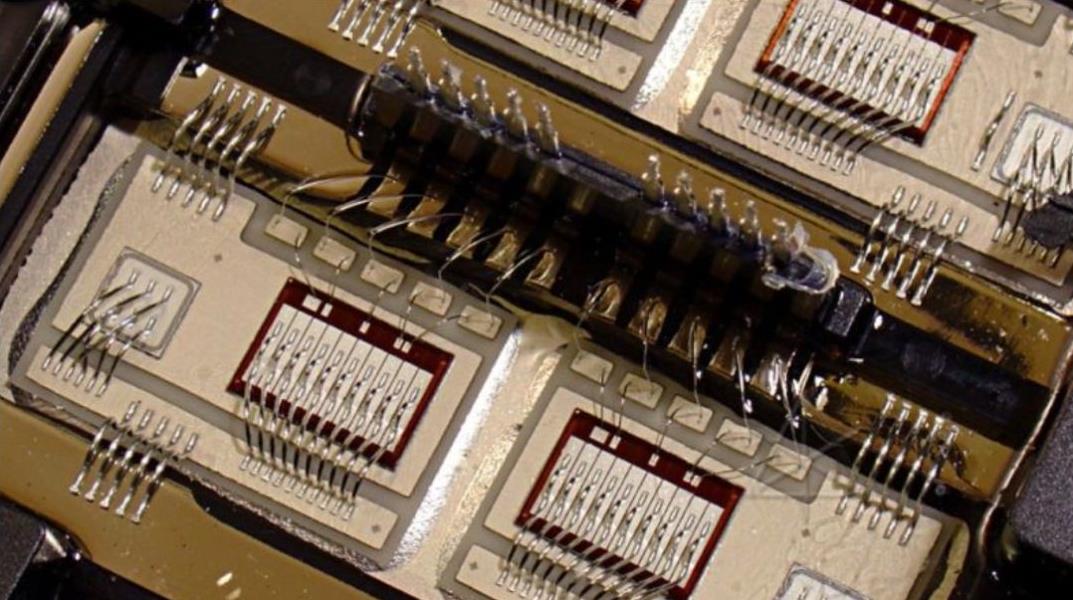
Simple circuit introduction of touch switch PCB circuit
When touch sensor is involved, touch switch circuit PCB is the simplest Despite their simplicity, these amazing technologies are everywhere For example, a touch screen is just a set of touch switches at the top of the display screen They also have a wide range of other applications, including wall switches, lights, and even public computer terminals
This article will provide you with all the information about touch switch PCB circuits. This is all you need to add modern touch devices to your power or electronic devices.
How does the touch switch work with the PCB circuit?
The touch switch PCB circuit is basically just an ordinary switch PCB, although it has a special sensor. In this case, when the sensors receive some stimulus changes, they will respond by turning off the switch. In turn, it allows current to flow. The type of sensor used usually determines the internal operation of the switch. The types of touch sensors that make up the modern touch switch are classified as follows:
Capacitive touch switch. They use the capacitance of the human body to trigger the current, thus controlling the opening and closing of the switch.
Resistance touch switch- This type relies on contact pressure to reduce the resistance between two conductive surfaces.
Circuit board

Piezoelectric touch switch- These are uncommon in many modern applications because they are based on mechanical bonding of piezoelectric ceramics. They are suitable for insulating and conductive materials, but their production costs are high.
7 different touch switch circuits
There are many kinds of touch switches, each of which is an important electronic component in the equipment using them. Common types include:
1. A simple touch switch circuit
For this circuit, you only need a MOSFET and a relay. They use a DC supply voltage as low as 9V to power the circuit. Its working principle is that when you touch the grounding and grid terminals, the electrical appliances are in the off state. When the grid and the power supply are contacted, the switch is in the ON state.
2. Touch switch circuit PCB using 555 timer
This relatively simple switch touch switch circuit has a lot in common with Voltage Group 2. The key differentiator is the integrated circuit timer included. These may be NE555 or LM555. In this case, the touch switch circuit has two touch panels, one for each state. It works with the high input impedance of the 555 IC trigger pin. Then, the induced voltage of human body rises within the time determined by C1 and R1. The transistor then drives the relay, which in turn drives the load.
3. Touch switch circuit using reverse access switch
Here, the digital 4011 logic gate forms the basis of the touch switch circuit. The second pin on the IC is "HI" logic. Touching a circuit board connected to the second pin will produce high logic. Logic is low when there is no contact with the coating. Pin 1 contains a 22 ohm resistor to make the circuit accessible.
4. Touch to start switch circuit
This type is usually used for integrated digital circuits. It uses a single metal plate and works like a typical switch. The switching circuit uses an integrated circuit to obtain electrical signals from the finger. This is a digital signal that triggers a closed or open state change.
5. Simple touch switch using transistor
It is an updated version of the original simple on and off touch switch circuit. When the IC that controls switch operation proves cumbersome, it is usually the original replacement. A simple touch switch uses only one transistor. When the switch requires a relay, a and B contacts are connected. When B and C contacts receive stimulation from touch, the relay releases.
6. Touch panel switch circuit using UJT
As the name implies, it uses UJT 2N3819 as the main switching element. This is beneficial when the switch is part of a device that is not always close to the conductor. Touch metal 1 and 2 and the switch opens. Touching metals 2 and 3 will trigger the relay, resulting in a closed state.
7. Touch motor controller circuit using silicon controlled rectifier and Schmitt trigger
Compared with other types, this type is quite complex. The metal plate in the touch circuit will enable Schmidt trigger circuit to obtain signals from the oscillator circuit. It also pushes the bias current to the base of Q1-2N5088. This will trigger the SCR1 that drives the 12V motor.
Building a touch switch circuit is not as complicated as before. Today, basic electronic components can be used to replace complex touch switches and expensive microcontrollers. This means that a simple touch switch circuit can be constructed using elements such as transistors and resistors.
Project components
First, the required components of this project include:
Test board or our printed circuit board (PCB).
9 volt power supply
Connecting line
2 Hard copper wire or metal strip
BC547 NPN transistor
5mm LED
270 ohm resistor
100k ohmic resistor
To build a circuit, you need to perform the following steps:
1: Connect the BC547 transistor to the test board or PCB circuit board.
2: Use jumper wires to connect the base pin of the first transistor to the emitter pin of the second transistor.
3: Connect a 100K ohm resistor between the collector pin of the second transistor and the VCC pin.
4: Connect the 270 ohm resistor and LED to the collector pin of the first transistor.
5: Use another jumper wire to connect the emitter pin of the first transistor to GND.
6: Connect a metal strip between the 100K ohmic resistor and the foot of the second transistor.
After completing all these steps, you can continue to check whether the circuit is working properly. Touch the metal strip connected to the circuit to test whether it works as expected. This simple switch can be widely used. For example, you can use it to detect stray voltages or static buildup. Another common use is in dusty or humid areas, where typical switches are not suitable.
In short
Touching the screen is a useful switching circuit for PCBs Fortunately, integrating it into modern electronic design has never been easier They are easy to build, especially the correct PCB components You can look at some of our best components That's all you need to start a do-it-yourself (DIY) project using the touch switch PCB.







